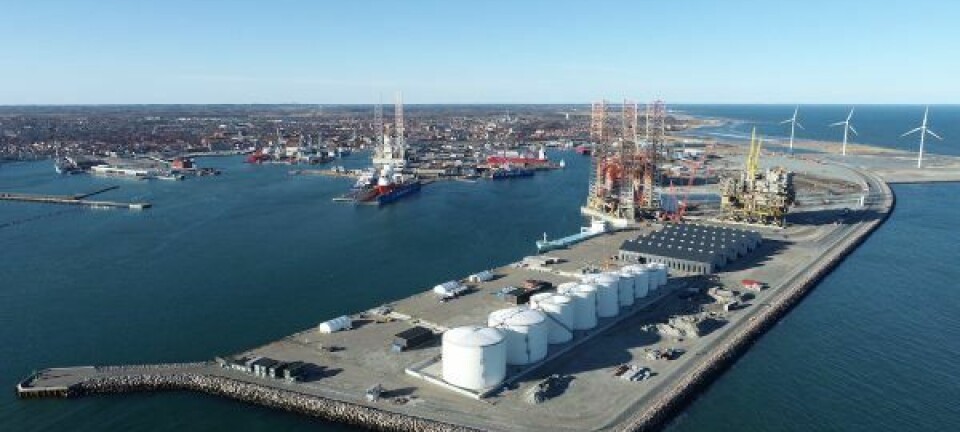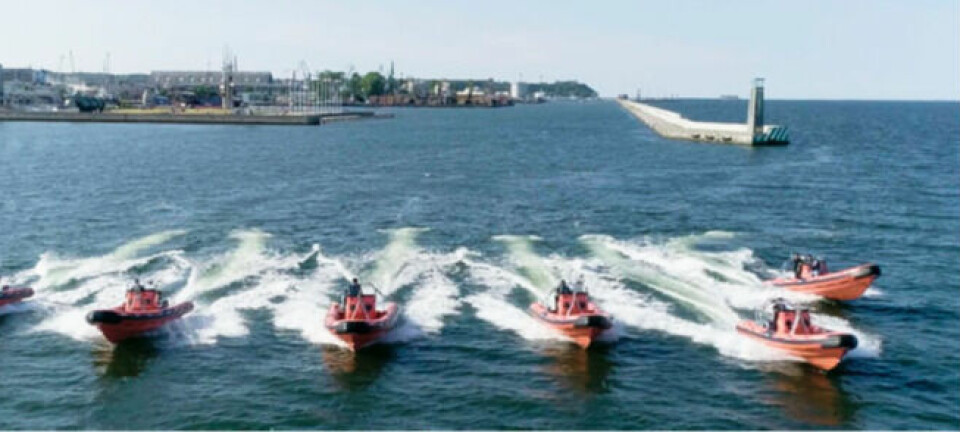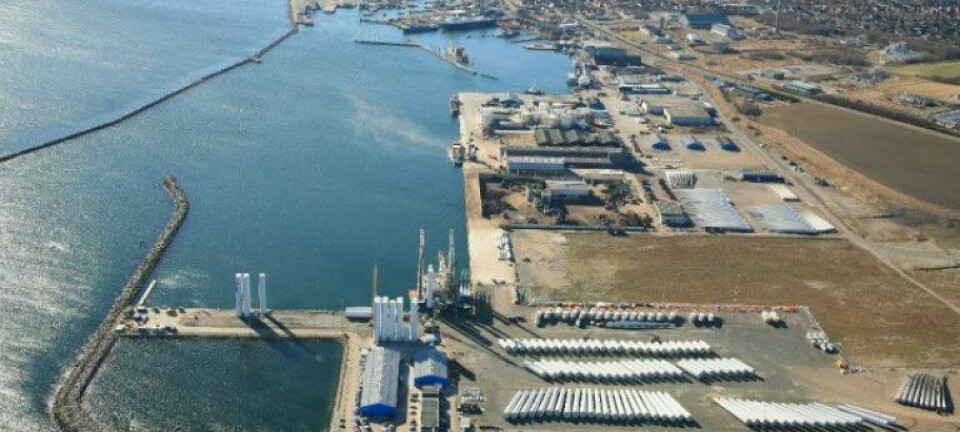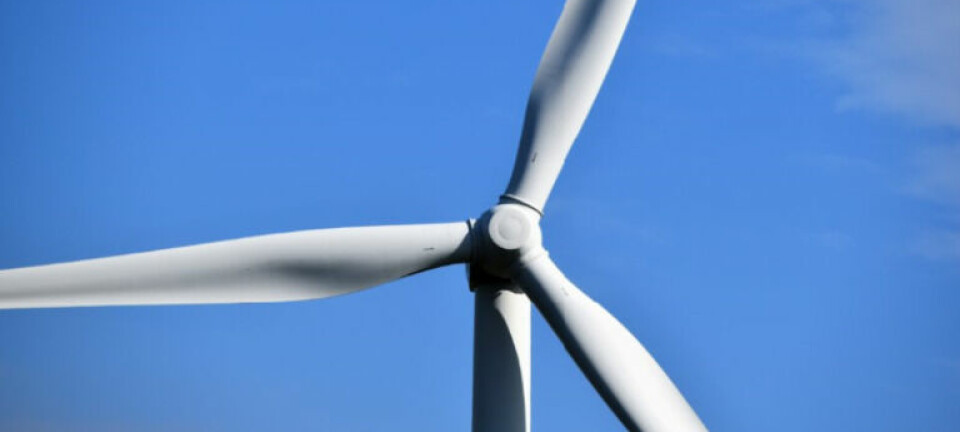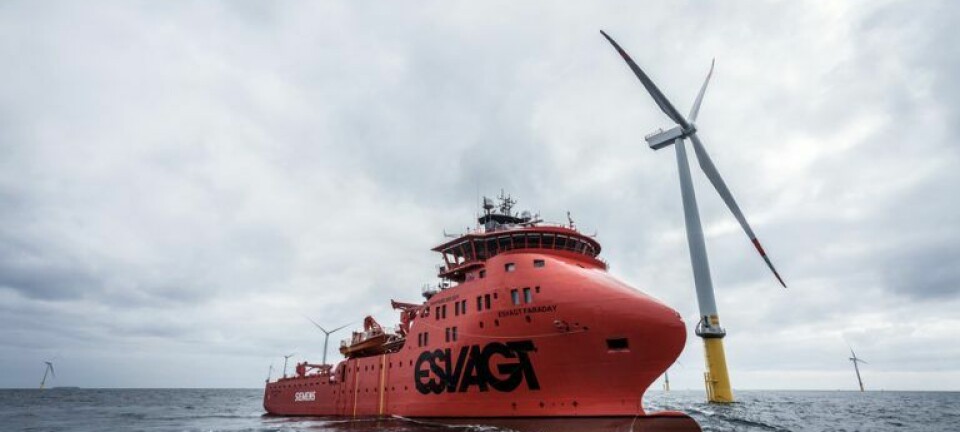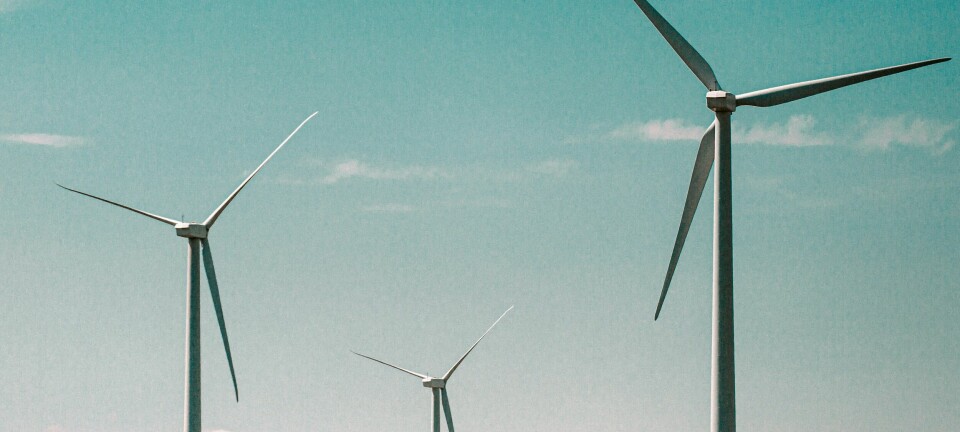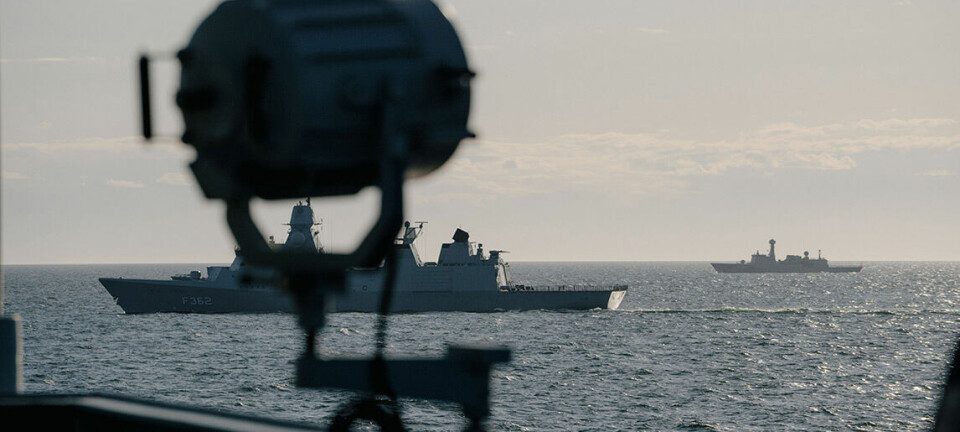East Sea vital to Vietnam Economy
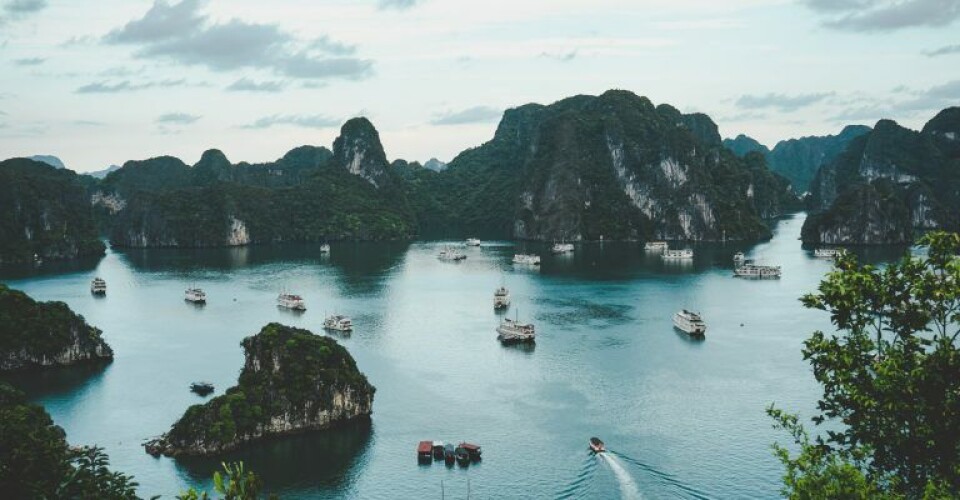
Vietnam’s long coastline holds strategic value for key international maritime routes.
Vietnam Plus reports about the significance held by Vietnam’s 3,260 kilometres long coastline.
Domestically, the country’s primary economic sectors including shipbuilding, tourism, oil and gas, fisheries, and transportation are all intricately linked to the sea. Together, it is estimated that Vietnam’s coastal provinces and cities generate 60% of its GDP.
Globally, the East Sea forms a crucial link for several international maritime routes. This aspect further takes on critical hues when we consider other nations in the vicinity with close links to the sea, especially China, the Philippines, Indonesia, Malaysia, and Singapore.
Over the years, geopolitical differences have alleviated the significance of the East Sea. This is especially true considering numerous territorial disputes with neighbouring countries.
Vietnam has aspired to resolve these disputes through multiple agreements made with these nations. An instance would be Vietnam and Thailand agreeing on their maritime territories in 1997. A similar agreement for cooperation in fishing was signed between Vietnam and China in 2000. These two countries also signed a Declaration on the Conduct of Parties in the East Sea (or DOC) in 2002 which is aimed at ensuring maritime peace and stability in the region.
Vietnam has also been a driving force for a COC or Code of Conduct agreement between China and ASEAN, in the East Sea.

